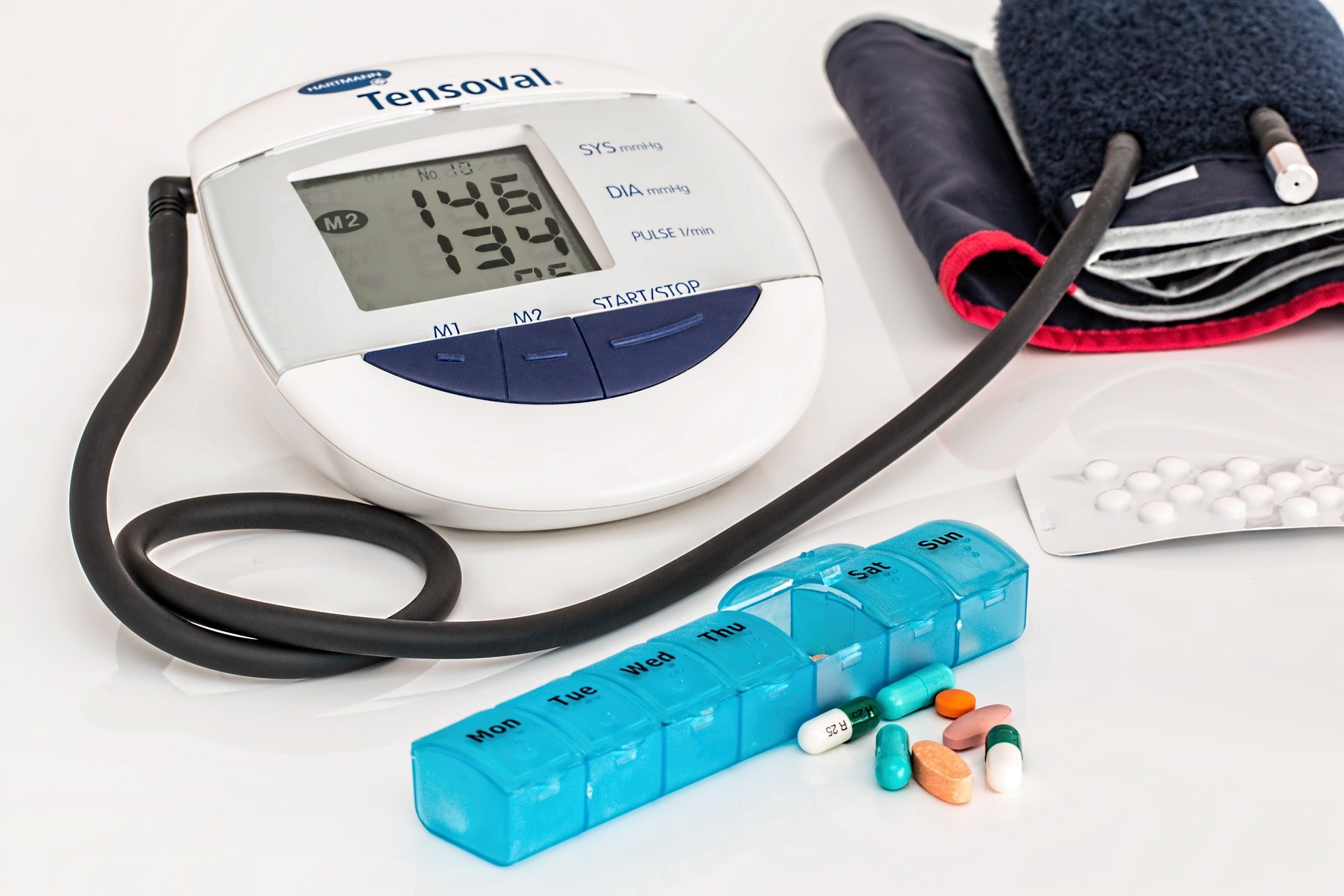 Blood pressure monitors are essential to tens of thousands of Australians, much of this being due to the fact that a whopping one in seven Australian adults experiencing high blood pressure, and a slew of others suffering from low blood pressure (hypotension). Blood pressure monitors are invaluable for people with hypertension (high blood pressure) and low blood pressure (hypotension) as they allow these individuals to manage and track their own blood pressure from the comfort of their own home. In this article we take a look at blood pressure monitors, providing information that will hopefully enable those with blood pressure issues to make a more informed blood pressure monitor purchase.
Blood pressure monitors are essential to tens of thousands of Australians, much of this being due to the fact that a whopping one in seven Australian adults experiencing high blood pressure, and a slew of others suffering from low blood pressure (hypotension). Blood pressure monitors are invaluable for people with hypertension (high blood pressure) and low blood pressure (hypotension) as they allow these individuals to manage and track their own blood pressure from the comfort of their own home. In this article we take a look at blood pressure monitors, providing information that will hopefully enable those with blood pressure issues to make a more informed blood pressure monitor purchase.
Finding the right monitor for your circumstances
With home blood pressure monitors ranging from $50 to upwards of $250, it should become quickly obvious that there are dozens of monitors out there. Trawling through blood pressure monitor reviews will only get you so far, and can also land you with a blood pressure monitor that is not ideal for your specific circumstances. You’ll first need to weigh up whether you need an automatic or manual blood pressure monitor – automatic monitors, while usually more expensive, will perform better and will not require you to pump the bulb to inflate the cuff. The display is a good thing to consider when looking for a monitor, especially if you have difficulty reading smaller numbers. When browsing monitors, ensure that the keys and display are simple to read, as measuring the reading will become tedious very quickly otherwise. Some may find a great deal of value in monitors that have a memory, as the ability to store several recent blood pressure measurements can aid in much simpler comparisons. Plus, because there is sometimes the ability for memory storage to be split between two users, you’ll be able to share the monitor very easily with your partner.
Considering connectivity
One of the more interesting options for those looking to monitor blood pressure from home are monitors that are linked to an app (or connected to the internet in some other way). These monitors allow for superior data storage and logging capabilities, with the added benefits of data manipulation and graphing for a much more comprehensive viewing of your blood pressure history. This app connectivity can be a disadvantage to some, however, as they will require the use of your phone instead of the instant readings that non-app monitors can provide. If you typically don’t like managing technology, blood pressure monitors linked to apps are likely not for you.
Finding the right monitor for you pays off
As an essential device for managing often debilitating health conditions, it should be no surprise that shopping around for the best blood pressure monitor for your situation is a good idea. Whether you have hypertension or hypotension, blood pressure monitors are one of the simplest ways to track unexpected changes in your health before the negatively affect you in a more significant way. One useful thing to keep in mind is that even if you’re paying a lot more for your monitor, it won’t necessarily mean that you’re getting the best bang for your buck (especially if you don’t need the feature set). If you’re still unsure about what is best for you, getting in touch with professionals are asking your GP are both great places to start.